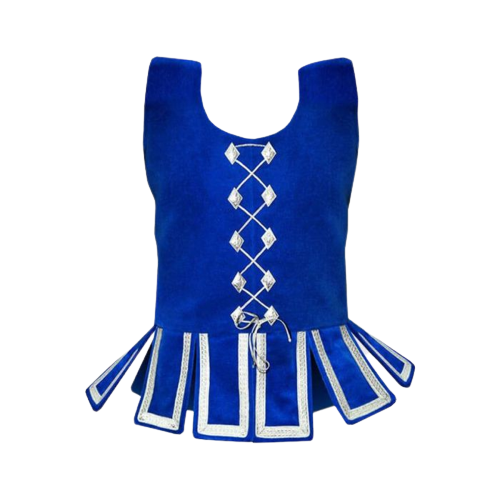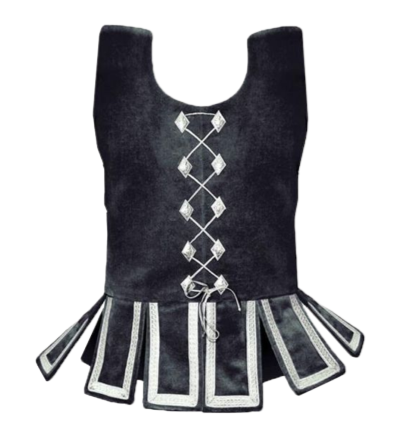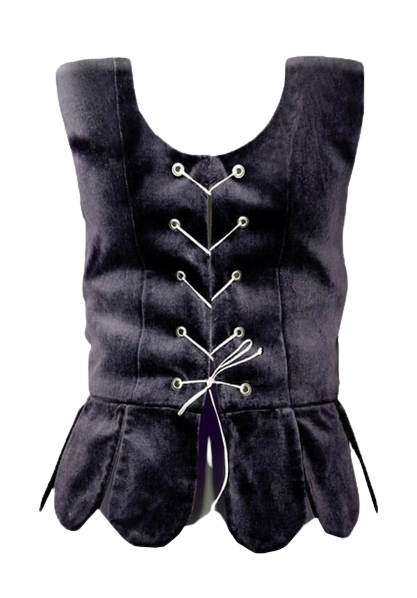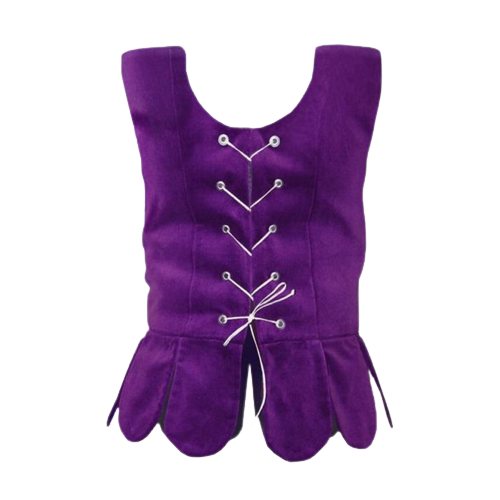-
Scottish Dancing Jacket For Girls
Regular price $136.00 CADRegular priceUnit price / per$179.00 CADSale price $136.00 CADSale -
Scottish Dancing Jacket
Regular price $136.00 CADRegular priceUnit price / per$179.00 CADSale price $136.00 CADSale -
Scottish Dancing Jacket
Regular price $136.00 CADRegular priceUnit price / per$179.00 CADSale price $136.00 CADSale -
Red Highland Dancing Vest
Regular price $136.00 CADRegular priceUnit price / per$179.00 CADSale price $136.00 CADSale -
Highland Ladies Dance Vest In Huge Velvet Colors-Made To Measure
Regular price $136.00 CADRegular priceUnit price / per$179.00 CADSale price $136.00 CADSale -
Highland Dancing Vest Black-Made To Measure
Regular price $136.00 CADRegular priceUnit price / per$179.00 CADSale price $136.00 CADSale -
Highland Dancing Jackets For Sale Made To Measure
Regular price $136.00 CADRegular priceUnit price / per$179.00 CADSale price $136.00 CADSale -
Highland Dancing Jackets
Regular price $136.00 CADRegular priceUnit price / per$179.00 CADSale price $136.00 CADSale -
Highland Dance RSOBHD Vest
Regular price $136.00 CADRegular priceUnit price / per$179.00 CADSale price $136.00 CADSale -
Green Highland Dancing Vest
Regular price $136.00 CADRegular priceUnit price / per$179.00 CADSale price $136.00 CADSale -
Dancing Vest For Girls
Regular price $136.00 CADRegular priceUnit price / per$179.00 CADSale price $136.00 CADSale -
Aboyne Waistcoat-Made To Measure
Regular price $136.00 CADRegular priceUnit price / per$179.00 CADSale price $136.00 CADSale -
Aboyne Vest SOBHD-Made To Measure
Regular price $136.00 CADRegular priceUnit price / per$179.00 CADSale price $136.00 CADSale -
Aboyne Vest Plain-Made To Measure
Regular price $136.00 CADRegular priceUnit price / per$179.00 CADSale price $136.00 CADSale -
Aboyne Vest Plain Highland Dance-Made To Measure
Regular price $136.00 CADRegular priceUnit price / per$179.00 CADSale price $136.00 CADSale
Collection: Dancing Vests and Jackets
Dancing Vests and Jackets: Elevating Performance with Style and Comfort
Introduction: Dancing vests and jackets are essential garments worn by dancers across various styles and disciplines, providing both functionality and flair to their performances. Whether in ballroom, Irish step dancing, or Highland dance, these garments play a crucial role in enhancing the visual impact of the dancer's movements while ensuring comfort and ease of movement. In this guide, we'll explore the features, styles, cultural significance, and styling tips for dancing vests and jackets, celebrating their role in elevating dance performances with style and elegance.
Features of Dancing Vests and Jackets:
-
Tailored Fit: Dancing vests and jackets are typically tailored to provide a close yet comfortable fit, allowing for freedom of movement while maintaining a sleek and polished appearance. The fit is crucial for dancers, as it ensures the garment moves with the body without hindering performance.
-
Lightweight Materials: These garments are crafted from lightweight and breathable materials such as satin, silk, or lightweight wool blends. These fabrics offer comfort and flexibility, allowing dancers to move effortlessly while maintaining a polished and professional look.
-
Embellishments: Dancing vests and jackets may feature decorative embellishments such as sequins, beads, or embroidery to add visual interest and sparkle under stage lights. These embellishments enhance the overall aesthetic of the garment and draw attention to the dancer's movements.
-
Versatility: Depending on the style of dance and performance, dancing vests and jackets may come in a variety of styles, including single-breasted or double-breasted vests, bolero jackets, tailcoats, or frock coats. Each style offers its own unique aesthetic and may be chosen to complement the dancer's costume and choreography.
Styles of Dancing Vests and Jackets:
-
Ballroom Vests and Jackets: In ballroom dancing, vests and jackets are an essential part of the male dancer's attire, adding sophistication and elegance to their look. These garments are often tailored in sleek silhouettes with satin lapels and buttons, reflecting the formal nature of ballroom dance.
-
Irish Dancing Costumes: In Irish step dancing, vests and jackets are commonly worn by male dancers as part of their competition costumes. These garments are typically adorned with Celtic-inspired embroidery or embellishments and are designed to showcase the dancer's agility and precision.
-
Highland Dance Jackets: Highland dancers often wear jackets as part of their traditional costume, particularly for solo competitions and performances. These jackets may feature intricate detailing such as braided trim, silver buttons, or clan crests, reflecting the rich cultural heritage of Scottish Highland dance.
Cultural Significance: Dancing vests and jackets hold cultural significance as symbols of elegance, tradition, and performance:
-
Formal Attire: In many dance styles, vests and jackets are considered essential elements of formal attire, worn for competitions, performances, and special events. These garments reflect the commitment and dedication of dancers to their craft and serve as symbols of professionalism and excellence.
-
Cultural Heritage: In dances such as Irish step dancing and Highland dance, vests and jackets are imbued with cultural symbolism and tradition. The designs, colors, and embellishments of these garments often reflect the cultural heritage and regional identity of the dancers, celebrating their roots and heritage on stage.
Styling Tips for Dancing Vests and Jackets:
-
Coordinate with Costume: Choose a vest or jacket that complements the overall theme and color palette of the dancer's costume. Consider the style of dance, choreography, and music when selecting the garment to ensure it enhances the visual impact of the performance.
-
Accessorize Thoughtfully: Add accessories such as bow ties, cravats, or lapel pins to enhance the elegance and sophistication of the ensemble. Choose accessories that complement the style and embellishments of the vest or jacket, adding subtle touches of personality and flair.
-
Ensure Proper Fit: Opt for garments that fit well and allow for ease of movement during dance routines. Avoid garments that are too tight or restrictive, as they may impede the dancer's performance and comfort on stage.
-
Embrace Embellishments: Experiment with decorative embellishments such as sequins, beads, or embroidery to add sparkle and visual interest to the garment. Consider incorporating motifs or patterns that resonate with the theme or style of the dance, creating a cohesive and eye-catching ensemble.
Conclusion: Dancing vests and jackets are more than just garments; they are symbols of elegance, tradition, and performance. With their tailored fit, lightweight materials, and decorative embellishments, these garments enhance the visual impact of dance performances while ensuring comfort and ease of movement for the dancer. Whether in ballroom, Irish step dancing, or Highland dance, vests and jackets play a crucial role in elevating the artistry and professionalism of dancers on stage, capturing the essence of style and sophistication in motion.














